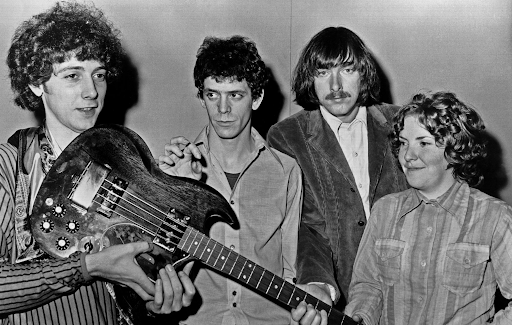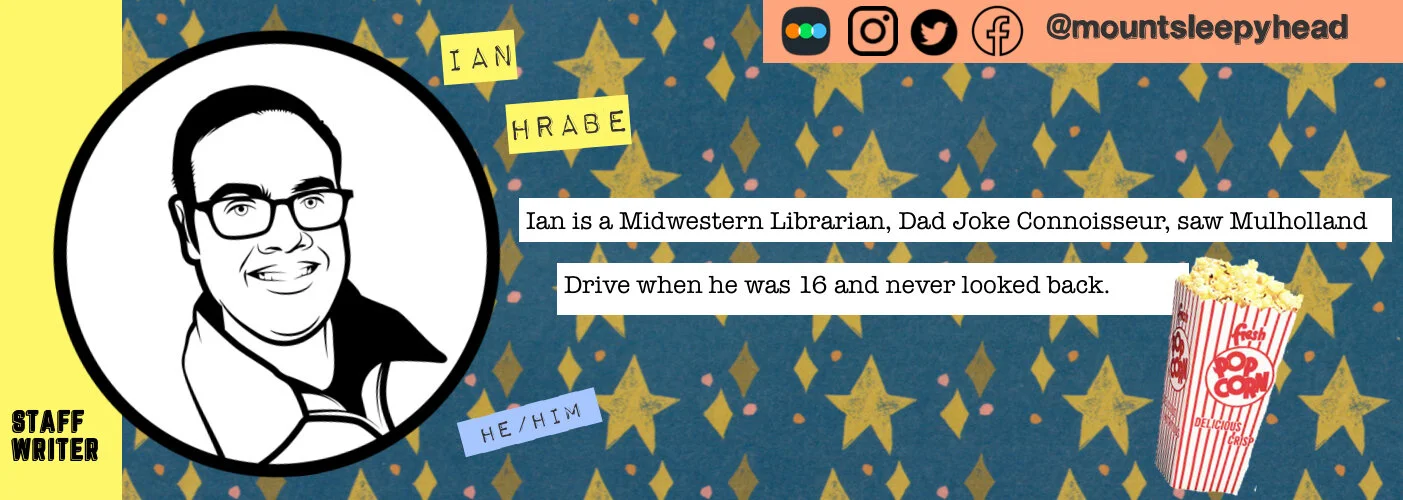Todd Haynes’ THE VELVET UNDERGROUND is a paint-by-numbers music doc
Written and Directed by Todd Haynes
Running Time: 110 minutes
MPAA Rating: R for language, sexual content, nudity and some drug material
In theaters and streaming on AppleTV+ October 15
by Ian Hrabe, Staff Writer
It’s always a treat when a revered feature filmmaker switches gears and makes a documentary. Documentary filmmaking is an art to itself, but you get a different kind of energy when someone more attuned to narrative films is at the helm. This is best exemplified by Werner Herzog’s films which probe into areas of the subjects he covers that a traditional documentarian might miss. Other great ones that come to mind are Judd Apatow’s May it Last: A Portrait of the Avett Brothers, Edgar Wright’s The Sparks Brothers, and Sarah Polley’s Stories We Tell all come to mind. Can we add Todd Haynes (Velvet Goldmine, I’m Still Here, Carol) new doc about the legendary New York City art-rock band The Velvet Underground to that list? Sorta.
That’s a maddening assessment, isn’t it? And yet it fits this maddening film. Todd Haynes is one of those directors on my incredibly narrow list of Filmmakers Who Have Never Made a Film I Didn’t Like, and while I appreciate his use of avant-garde filmmaking techniques that comment on The Velvet Underground’s place in the American avant-garde, at its core this is a relatively nuts-and-bolts documentary. The subject matter is interesting, but about an hour in it starts losing its steam and you are left with more questions than answers.
That said, there is a solid 30 minutes tucked inside of this bloated film that absolutely nails New York City in the 1960s and The Velvet Underground’s place in it. You get their affiliation with Andy Warhol and the Factory, their live music as art show performances, and a glimpse at the organic formation of one of the most influential bands of all time. Haynes employs a split screen to overload your senses with archival footage, Andy Warhol films, and interviews. Everything from the birth of the band to the recording of their seminal debut The Velvet Underground and Nico and the tour that followed is solid gold and when viewed amongst the whole, it really feels like that a short-form doc would have been a better fit.
Once the stage is set, the film devolves into a bit of a paint-by-numbers. “And then this happened, and this happened, and Lou did a lot of heroin, and John Cale got kicked out of the band, and...” etc. etc. etc. Despite focusing heavily on the band members’ upbringings in the early going, there’s pretty much nothing about their personal lives in the rest of the film other than that Maureen Tucker was too pregnant to play on Loaded so Lou Reed and Cale replacement Doug Yule basically recorded the whole album themselves. I mean, I’m not someone who thrives on other people’s drama, but I was surprised a queer filmmaker like Haynes didn’t zero in more on Lou Reed’s very specific brand of queerness after touching on it early in the film. Haynes gets the hook in you, and then just lets you go.
It’s just so disappointing, and I think the main issue here is that in the first half of the film Haynes understands that the band’s mystique is a huge asset, and then spends the second half of the film dragging that mystique into the broad light of day. It just ends up feeling like every other documentary out there. There’s nothing that illustrates the Velvet Underground being the connective tissue between classic rock and roll and punk rock. Not nearly enough about their relationship with Andy Warhol. There’s absolutely nothing that even seeks to explain why Lou Reed and John Cale had such an acrimonious split, which is surprising given that an interview with Cale makes up the bulk of the new material shot for this film. Maybe I was just holding out hope for some coverage of the “band’s” final album Squeeze—recorded by Doug Yule and a backing band made of randos and frequently cited as one of the worst albums of all time—but what are you gonna do? It could have been worse. It could have been better. Given how well Haynes was able to tell Bob Dylan’s story from a fascinatingly creative angle in his 2007 feature I’m Not There, I expected more from him here. It’s fine, but not essential viewing, and considering the richness of the subject matter, that’s a real shame.


